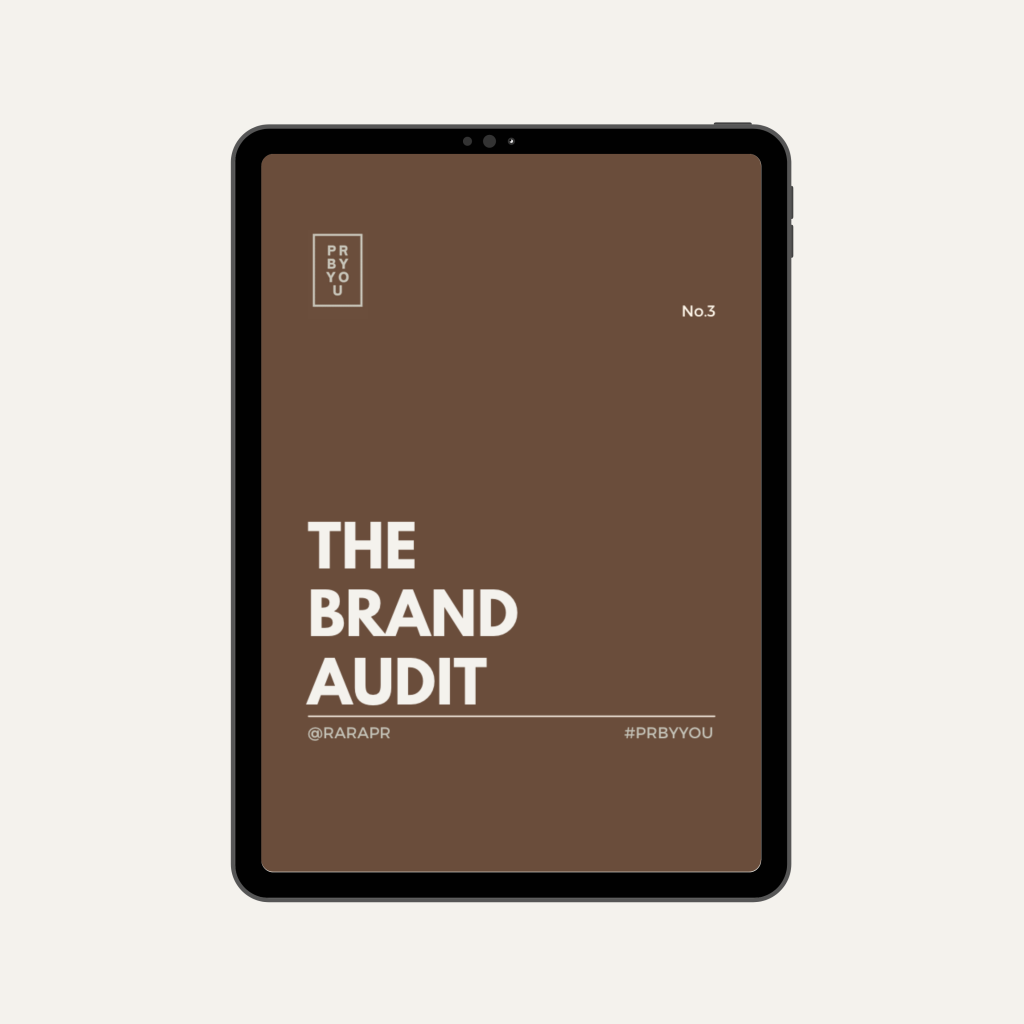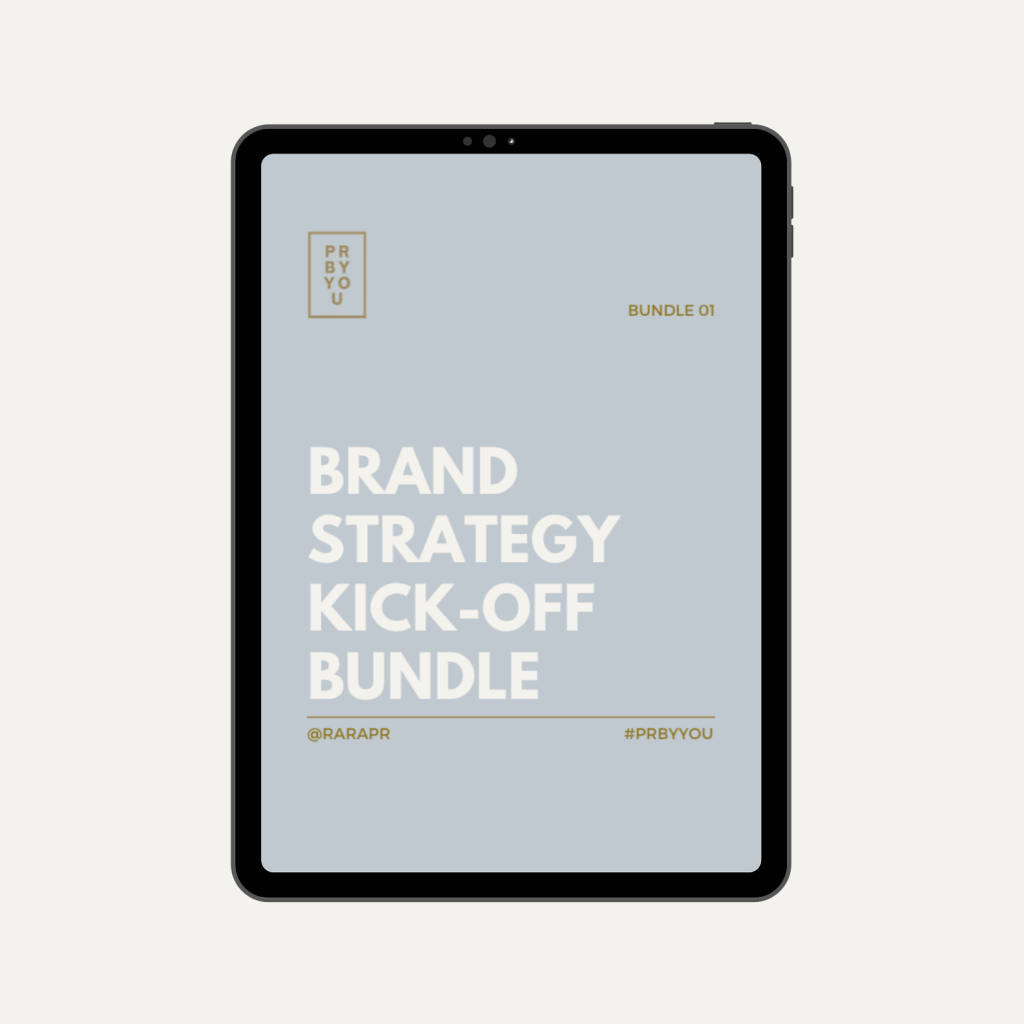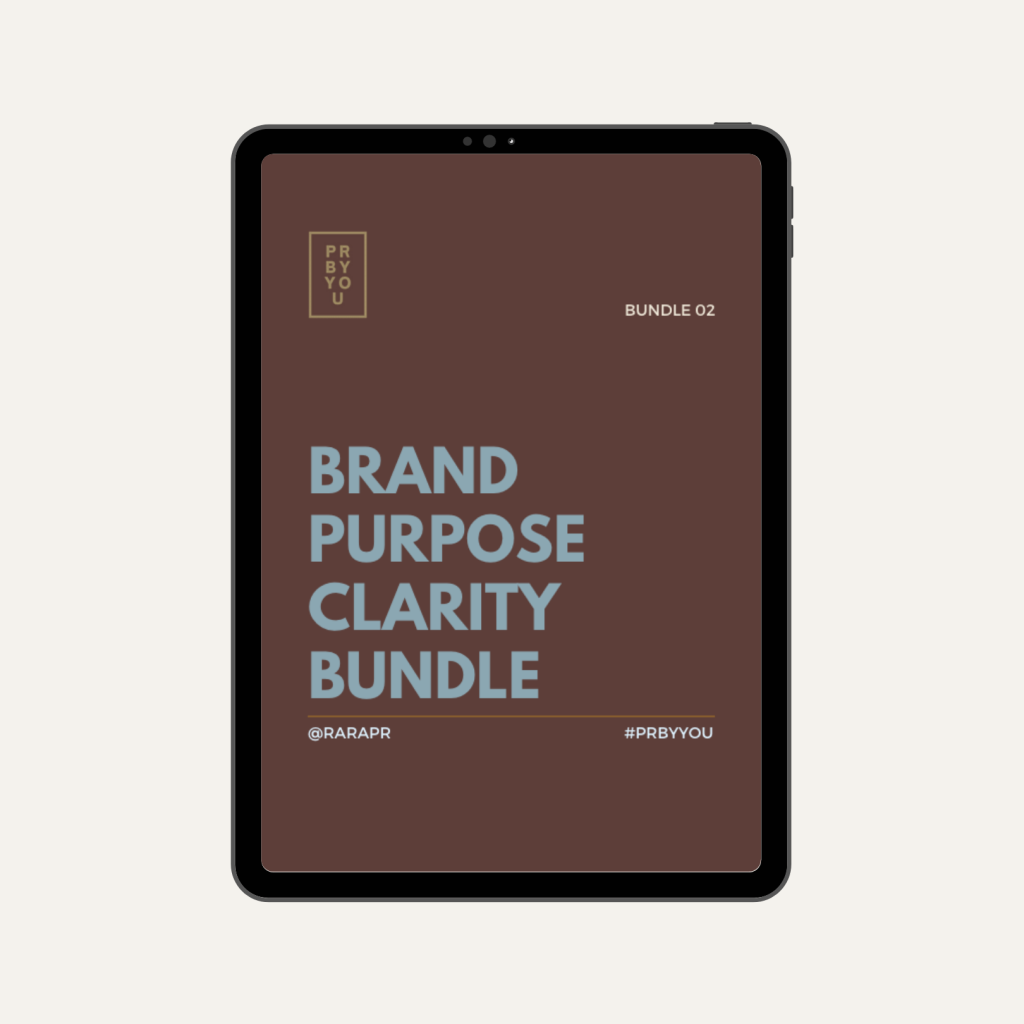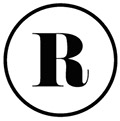A facilitated brand strategy workshop is an excellent way for you to explore the detailed facets of your brand – for the purposes of a re-brand, to create a brand from scratch or to more easily build a brand that people know, like, trust and are loyal to.
A brand strategy workshop (or brand audit) is the beating heart behind how you create a verbal narrative around your entire business. A clear verbal narrative enables you and your team to confidently and clearly:
- Describe what, how and why your brand exists
- Who your ideal customer is
- Identify exactly where you sit against your competitors
- Describe your brand’s personality, value-set, emotional and tangible benefits.
Having these words mapped out and applied to a brand blue-print, or strategy, takes the doubt, the overwhelm and the confusion out of the marketing process.
A brand workshop should form the very basis for all other marketing that you want to do. It should be completed before you design your logo, your website or complete paid advertising such as social ads or Google Ads.
The brand strategy workshop is where it all begins and while it is an investment up front of both time and cash, it will provide you with clarity so that you don’t burn cash later making mistakes communicating the wrong message, to the wrong audience, in the wrong place.
When we personally facilitate a brand strategy workshop; this is what you can expect:
Step 1: Conduct a pre-workshop audit
We like to use the workshop time, as a chance to discuss, explore and uncover – not to cover old ground or what we already know. This information can be collected via a simple questionnaire, shared with the client at least a few weeks before the workshop.
We call these the ‘what’s’ and ‘hows’ or the tangible attributes of the business.
>>>Download our Brand Strategy Audit Facilitator here <<<<<

Step 2: The Workshop Pre-planning
We then ask our clients to nominate at least two people to come along to the workshop, who can provide a different point-of-view. They should be able to contribute valuable and honest insights about the brand.
If we’re working with a sole trader then of course they come on their own or bring along a partner invested in the business.
We share an agenda on what the structure of the workshop will look like, where and when it will take place and how long it will be.
We then review the questionnaire and create your workshop notes. We look at the competitors on Google and ideally capture screen grabs of their websites for the slide-deck.
From there we assess all current collateral draw conclusions and recommendations for improvements.
We analyse the category or industry that our client exists in. Do some desk-top research on emerging trends – good and bad, which could be illuminated.
We then create a slide-deck as a visual guide through the workshop.
>>>Purchase and download an example our Brand Workshop facilitator here.<<<

Our goal is to go into that workshop with a firm handle on the product, the audience and the cultural context from within which it sits, so that we can be agile in the facilitation, asking questions of the client to reveal the most important information.
We book a meeting space with a white board and a flat screen TV or a projector for your slide-deck, and a table.
Step 3: The workshop
One thing we’ve learnt in running many of these workshops is that people get bored and zone out – unless you keep them active and thinking hard.
The workshop is truly three hours of power where we turn off our phones, drink lots of coffee and go deep.
We commence the session by welcoming the attendants, and quickly outlining what the sessions’ key outcomes will be:
- Brand Clarity (This is where you’re at)
- Agreement as a group – Buy-in (This is how you need to participate)
- Purpose – A way to move forward with strength (These are your next steps)
Part 1: Finding your belief brand-blue print.
The goal of this part of the workshop:
Define the ‘why’ of the brand.
The ‘Why’ approach, is derived from the well-known Simon Sinek approach, where any successful brand that has engagement, successfully communicates it’s ‘why’ more than it’s ‘what’ or ‘how.’ We believe that there may not have been a cataclysmic moment in your life that pushed you to the point of starting your own business, but something within you is telling you to do it. That’s the story your audience wants to hear.
Why? Because we are all human, and you being human and not some robotic corporation, makes you relatable. What connects humans – all humans? Challenge, suffering and vulnerability.
We always start our workshops by asking the founder to tell their story from the beginning. It puts them at ease and gives them the chance to stop and consider.
This process can reveal the founder’s value system, their true drivers for starting the business, and often the catalyst to taking the step from an ‘idea’ to putting action into place.
Take down key points on the white board as they share their story, and also ask them to elaborate where they feel curious to know more.
We find that when a more vulnerable or exposing moment comes up in the story, we don’t try and minimise it or ‘gloss over it’. We deliberately ask – “Can we talk about that more?” What happened there? Or “Why did that happen” or “Why did you think that?”
Much like song-writing, poetry or art, we’re exploring the interlaced moments where our experiences have shaped our decisions, our actions and indeed our destiny.
We believe that a well-facilitated workshop, is one where the right questions are asked.
Part 2: Defining a global Need.
The goal of this part of the workshop is to confirm that your business idea, product service and brand has RELEVANCE in a global context.
We do this by putting your brand within a context. Wrapping it around your key customers, competitors and also look at key trends – current and future.
Exercise 1: Customers
Here it helps to imagine, ‘everyone in the whole world’ and then consider which ‘segments’ of this mass your brand attracts or is intended for.
Then out of those segments, you should consider if there are multiple types of people within each segment, with different buying patterns. For example men, women or pensioners.
Next ask yourself ‘who out of them is your highest yielding or most frequent customer?’.
These then become your ‘Ideal customers’ and the ones you are going to invest your time in for the workshop.
Give each ideal customer a pretend name, and write down their demographic traits: age, gender, location, marital status, education level and income bracket.
To determine psychographic traits, it can help enormously to take the time to map out the ‘customer journey’. This exercise is fun way of imagining the customer moving through the buying process of awareness, consideration, purchase and retain.
This part of the workshop should take at least an hour to map out, and it helps if the demographic data is brought along to the workshop and is known already.
Exercise 2: Competitors
List out all your key competitors. These are other brands who come up on Google search for your keywords, or who do similar brand/product/services to you in the same geographical area, or who sit on the same shelf or in the same part of a physical store as you.
There are many ways to run a competitive audit, and we use different methods depending on the client.
However, for an agile approach or a smaller business, you can use the below approach. The purpose of this exercise is to determine a competitive advantage.
What Do You Do Well That they Don’t?
What Do They Do Well That You Don’t?
What Do You Both Do Well?
Now go through each competitor listed and put their product or service attributes, benefits, strengths, price-points locations, customer service traits – anything you can think of, into each circle.
If you find that there are more in your circle than the other, you will see your competitive advantage and indeed the beginning of your brand messaging.
If there are too many in ‘both’ or What They Do Well that you don’t, you may be in a saturated market, and would do well to re-consider your business model and approach.
This is also a great chance to look at the world around us and how your brand fits in reflecting on trends and how your business fits in around market attitudes, needs and wants.
Break down trend brainstorm into four main categories:
- Economic
- Environmental
- Social
- Local
Then list out as many trends as you can think of under each that are relevant to your brand – good and bad.
For example a social trend could be increase in mental health issues, or a local trend could be a growth is population of city dwellers moving out of town.
Put as many down as you can think of, and then hand-pick the ones that you feel offer your brand the most opportunity.
Part 3: The Brand pyramid
This is the final part of the workshop, and perhaps the most fun.
The brand pyramid is a traditional approach to coming up with a brand essence or a three word tagline to be used across all of your collateral.
The brand attributes should be pretty clear and should be added in here:
Brainstorm as many ‘features’ of your products and services and then choose the top 3-4 that you feel are the most unique.
Benefits: Brainstorm all the functional benefits of your product or service and then choose the top 3.
Brainstorm all the emotional benefits of your product or service and then choose the top 3. Hint: Emotional means how it leaves your ideal customer feeling after they have used your product or service.
Values: List out all the values that come to mind when you consider your brand. Think: What does my business stand for? What is a non-negotiable? What is my brand’s ultimate purpose?
Personality:
Brand Personality exploration is a fundamental part of any brand workshop. It is often the personality that is missing from a brand. Personality makes up a large part of a truly effective brand identity.
We have lots of different exercises that we like to do, depending on the client to help them to determine their brand personality.
Here are a few listed below for your to choose from: –
The Brand Deck
A fun interactive card game where a series of cards with personality traits are laid out on the table. The client must then sort them out according to Yes, No, or Undecided. And then reduce down to a final three.
The Brand Personality Spectrum
A chart printed or projected onto a screen and the client uses sticky notes or dots to select where on the spectrum they believe their brand sits.
The Brand Archetype choice
A series of collective personalities devised by the great philosopher Carl Jung. Without getting too into the detail, Jung proposed that there are universal character traits that represent our fundamental needs and desires as human beings.
Review this brand archetype wheel and choose which archetype represents your brand most accurately. You can pick two at the most. Once you have chosen three character traits and a brand archetype, add them to the pyramid.
Part 4: Coming up with the tag line
Coming up with a tag line is not something we generally recommend doing in the workshop.
It takes contemplation and time.
To come up with an essence you should look at all of the words within the pyramid, and even cut them out and move them around on a table, until you discover a sentence which summarises them all.
It does not need to be a literal use of all of the words but more an efficient summation of them all.
Examples of some brand essence statements include:
Bringing people together
Feel special
Buildings with integrity
Live the life you want
Some famous ones you might know of:
Nike – Just Do It
Apple – Think Different
Wrapping it up
To finish the workshop, we thank everyone for their contribution, and then outline what will happen next and what to expect when. If you are the brand strategist you will go away and transform the workshop findings into what we call the Brand Bible.
>>You can Purchase Our Brand Purpose Clarity Bundle Here<<

PRBYYOU is a collection of interactive strategy templates and workshop facilitators you can plug in, play with to PR your business better.
We welcome you to dive in and access decades of PR industry, in-house and agency experience to help you establish PR peace of mind.
If you’re a business owner, you can of course do this yourself. If you would like any help with either running a brand strategy workshop or Brand Audit for your business or a client, be sure to reach out to our team via the website contact form.
raraPR is above all the sum of people who together help build brands and share stories. We are present in our determination to make a positive difference to the world by representing individuals and businesses that are doing good. We are an extension of the personal stories within us, those that we exist for and those within you that need to be heard.


